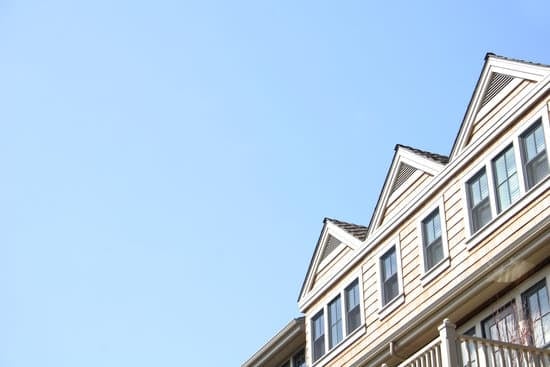Do You Need Ductwork for Geothermal Heating?
The Role of Air Ducts in Geothermal Heating Systems
Geothermal systems are a great investment for homeowners looking for a more energy-efficient and sustainable heating option. Unlike conventional heating and cooling systems, geothermal systems rely on the constant temperature of the earth to heat and cool your home. But before you install a geothermal system, it’s important to understand the role of air ducts in the process. Air ducts play a crucial role in geothermal heating systems, just as they do in conventional systems. The ducts are responsible for distributing heated air throughout the home in the winter and cooled air in the summer. Without proper ductwork, your geothermal system will struggle to heat or cool your home efficiently or evenly. So, before you install a geothermal system, make sure your air ducts are in good condition.Understanding the Importance of Airflow for Geothermal Systems
When it comes to geothermal systems, airflow is key. Proper airflow ensures that your system is running efficiently and is able to effectively heat or cool your home. Airflow problems can result in uneven temperatures and higher energy bills. This is why it’s essential to take the time to ensure the condition of your air ducts. Poor airflow can result from a variety of problems, including blockages, leaks, and inadequate insulation. In addition, airflow can be influenced by the number and location of air registers in your home. This is why it’s important to have a professional install your geothermal system and ductwork.Common Air Duct Problems that can Affect Geothermal Heating
There are several common problems that can affect the performance of your air ducts and, in turn, your geothermal system. These include:- Leaky ducts that allow conditioned air to escape
- Dirty ducts that restrict airflow
- Inadequate insulation that results in energy loss
- Blocked registers or vents that impede airflow
- Improperly installed ductwork that leads to inefficiencies
Maintaining Your Air Ducts: Why It’s Important for Geothermal Systems
Proper maintenance of your air ducts is essential for the performance of your geothermal system. Clean ducts allow for proper airflow, which ensures that your system is running as efficiently and effectively as possible. Here are a few reasons why regular maintenance is important:- Clean ducts help to reduce energy costs and ensure even temperatures throughout your home
- Maintaining your ducts extends the life of your geothermal system
- Regular maintenance helps to reduce the need for repairs and replacements
- Clean ducts help to improve indoor air quality by removing allergens and pollutants
Strategies for Cleaning and Maintaining Your Geothermal Air Ducts
Regular cleaning and maintenance of your geothermal air ducts can help to ensure that your heating and cooling system is functioning properly and efficiently. Here are a few tips for keeping your ducts in good working order:- Change your air filters regularly to improve indoor air quality and prevent clogs in your system
- Have your ductwork inspected and cleaned every 3-5 years to ensure that it’s free of dirt, dust, and other debris
- Seal air leaks to prevent energy loss and improve heating and cooling efficiency
- Insulate your ductwork to reduce heat loss and improve overall performance
- Consider installing new air registers in rooms that are too hot or too cold
Tips for Identifying and Repairing Leaks in Your Geothermal Air Ducts
Leaks in your geothermal air ducts can result in decreased heating and cooling efficiency and higher energy bills. Here are a few tips for identifying and repairing duct leaks:- Perform a visual inspection of your ductwork to look for holes, gaps, and other damage
- Listen for hissing or whistling sounds, which can indicate a leak in your ductwork
- Feel the airflow around your ductwork for any drafts, which can be a sign of a leak
- Use foil tape or mastic sealant to repair small leaks
- For larger leaks or damaged ducts, consider having a professional repair or replace your ductwork





















